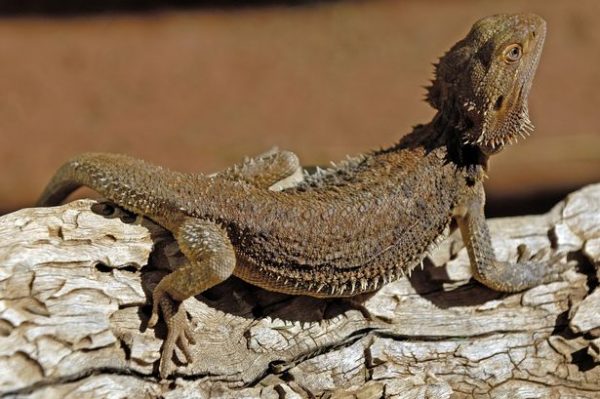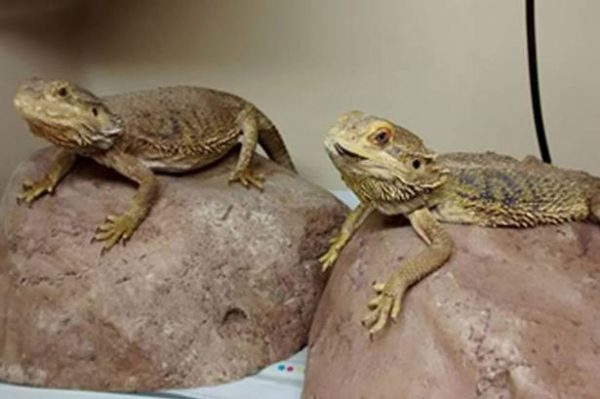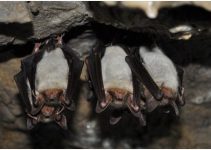The central bearded dragon, a lizard thriving in the arid woodlands and deserts in Central Australia is capable of changing its sex in hot weather.
A study has revealed that male lizards can become super-fecund females because of rising temperatures.
Sex chromosomes determine if an embryo will develop as either a male or female for some reptiles including sex and lizards. On the other hand, sex is determined by temperature for some reptiles including marine turtles, crocodiles, and alligators. Scientists believe that in extreme temperatures male genes are inhibited causing organisms to turn female.

However, the case of bearded dragons seems to be an “evolutionary transition in between the two”.
Bearded dragons, just like humans, have sex chromosomes Z and W. While having ZZ makes them male, having ZW makes them a female.
Based on lab experiments, scientists have found that if male eggs are exposed to temperatures beyond 32 °C, the ZZ embryos grow up as females.
To determine if the same principle applies in the wild, a team of researchers from the University of Canberra in Australia examined 131 lizards. Lab tests revealed that 11 females had no W chromosome, meaning they are genetically male with ZZ chromosomes.
The research team led by Clare Holleley then mated the sex-switched ZZ females with ZZ males which hadn’t switched sex. It turned out, the ZZ females laid almost twice as many eggs as ZW mothers.
All the eggs produced turned out to be genetically male since both parents were ZZ males and females.

“They’ve completely lost a whole chromosome in one generation,” Holleley explained.
It was also found that the ZZ mothers passed on their ability to sex change on their eggs. The researchers observed that the embryos would switch from male to female at temperatures slightly lower compared to eggs of ZW mothers.
The results of the study emphasizes the potential role of climate change in changing the biology and genome of reptiles which are sensitive to climate.





